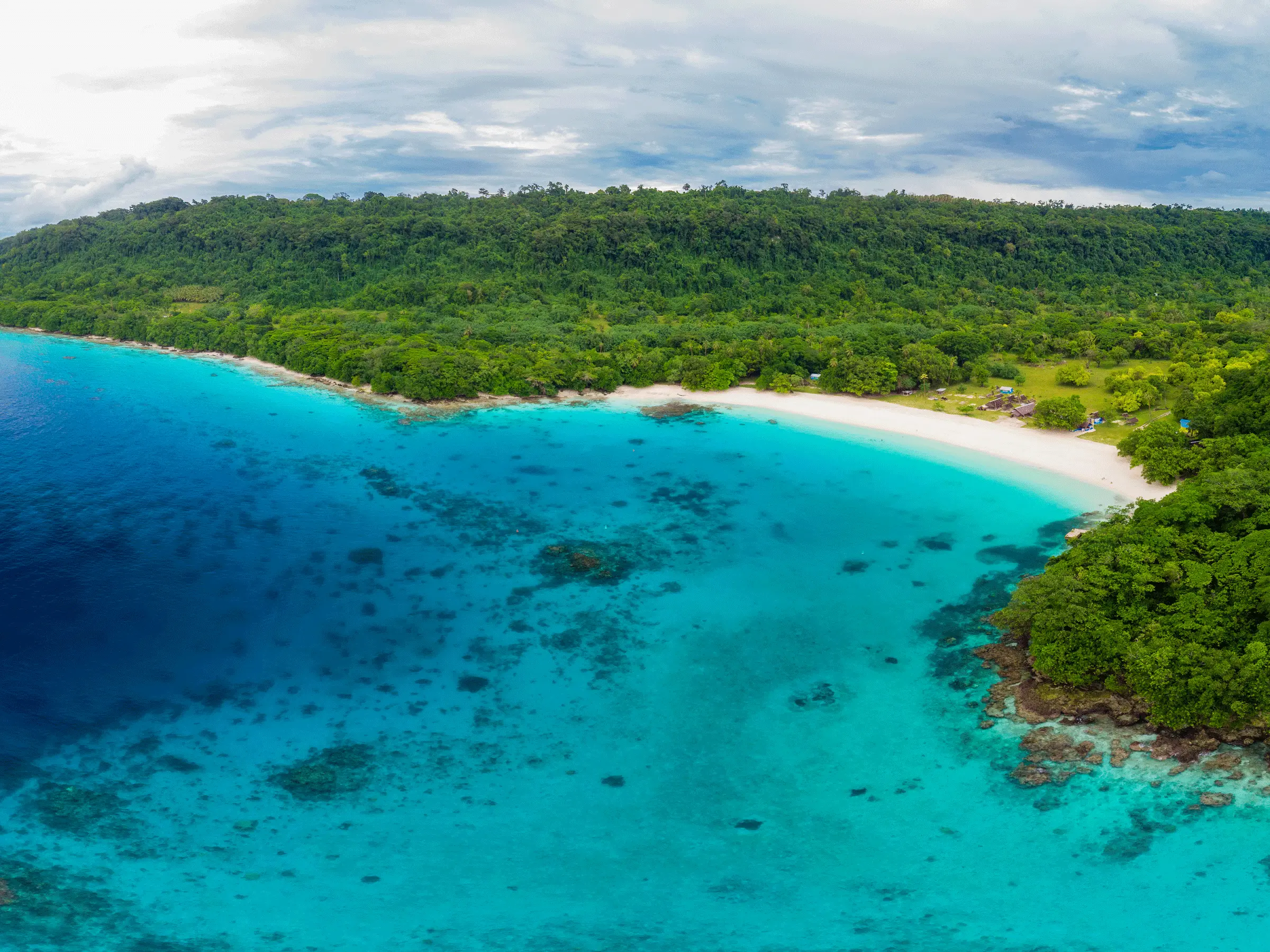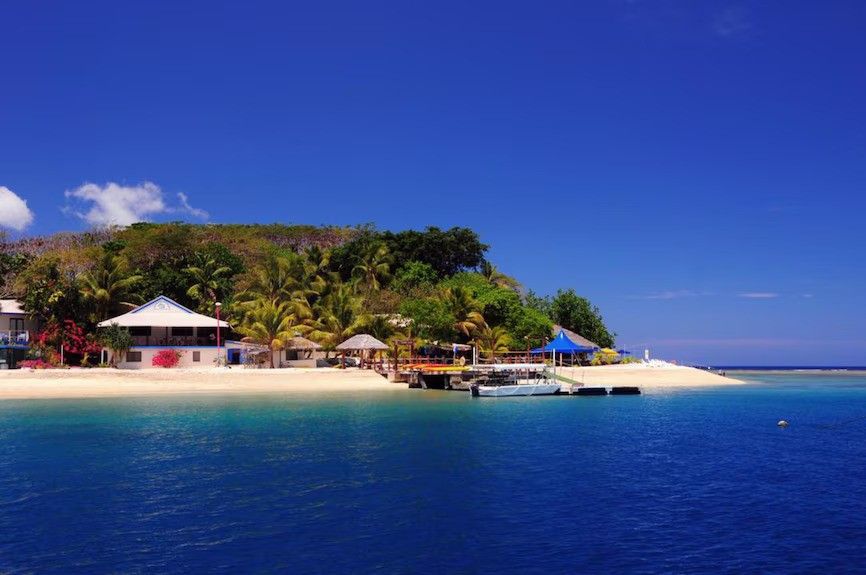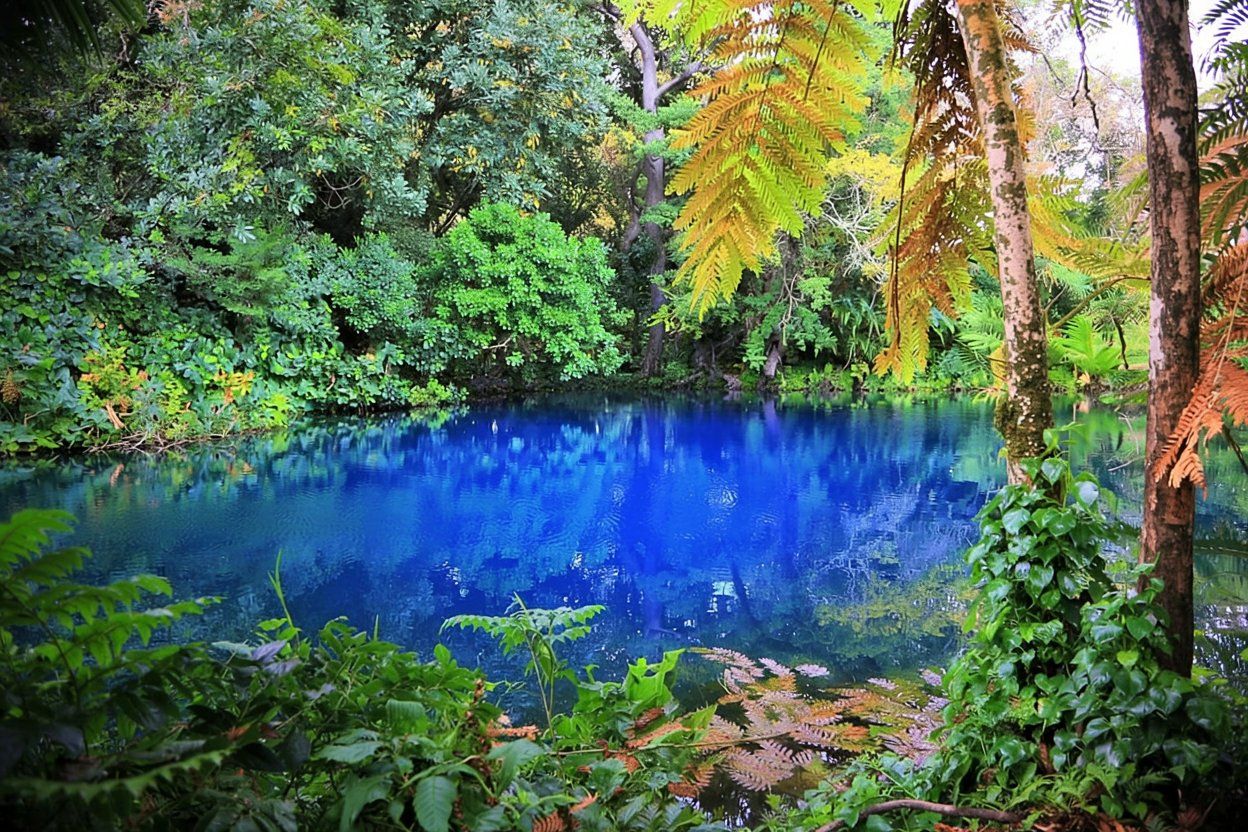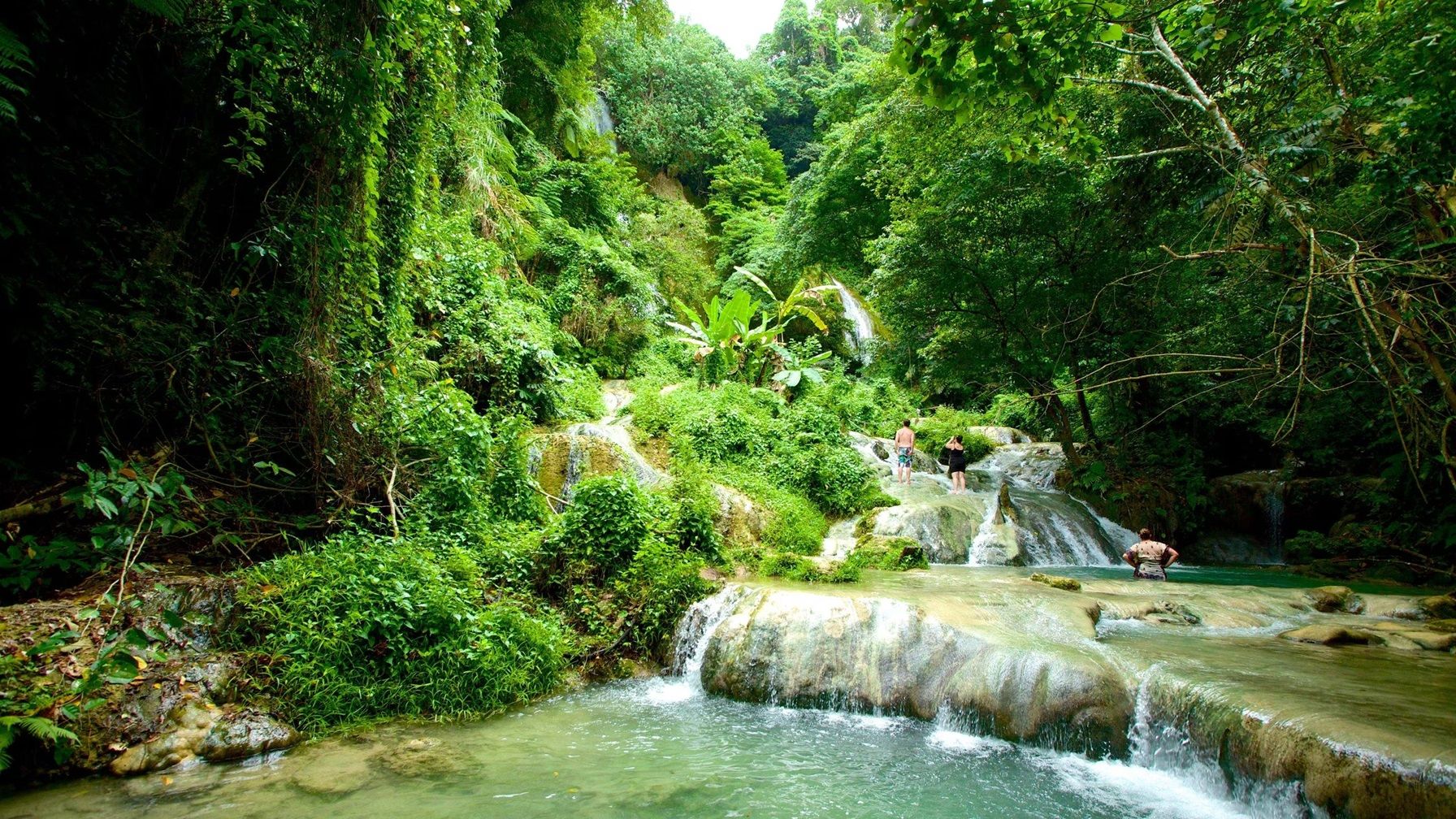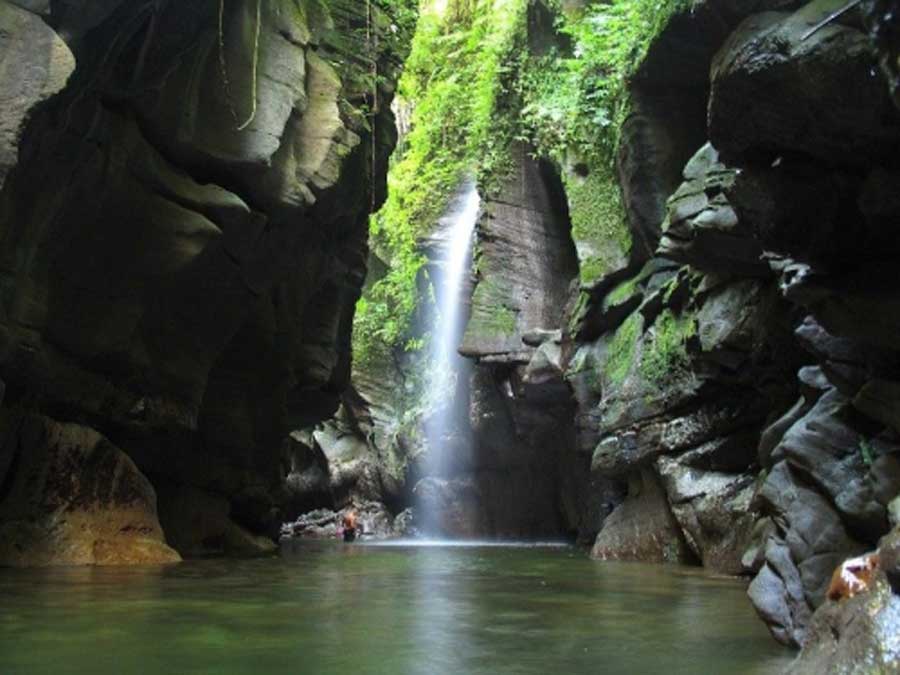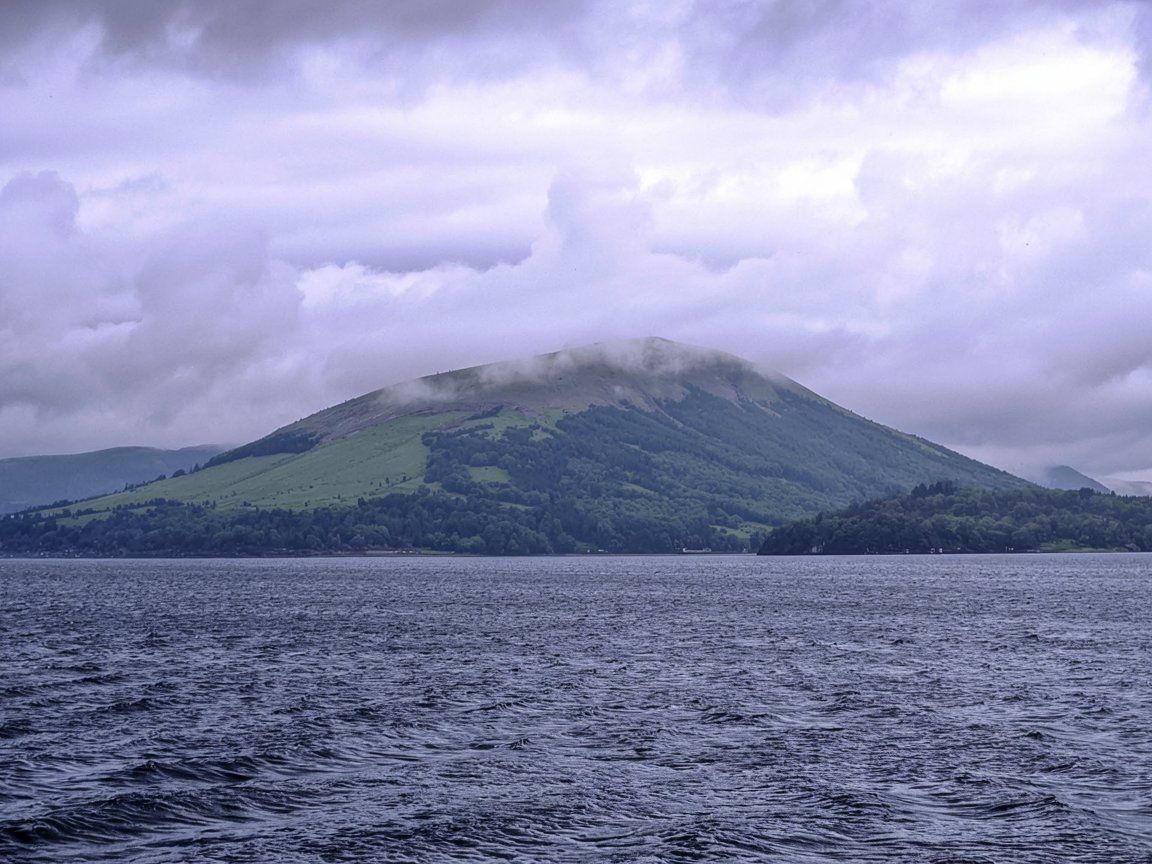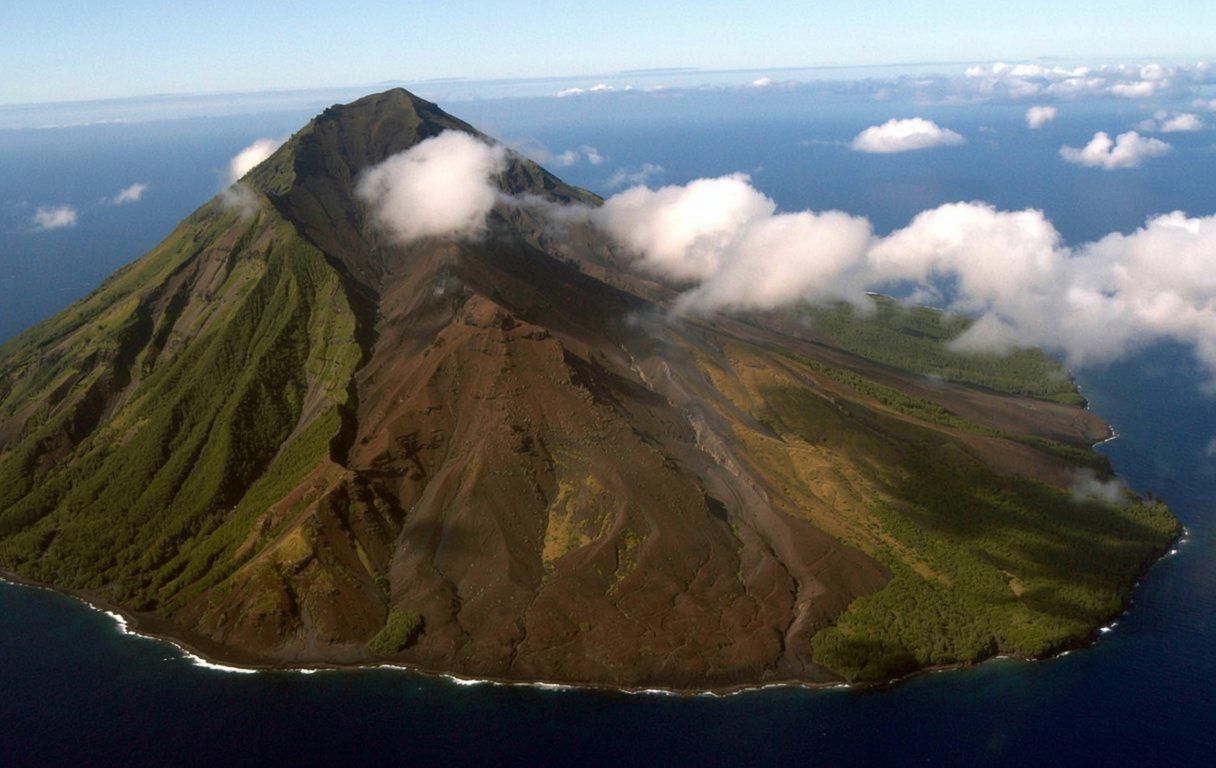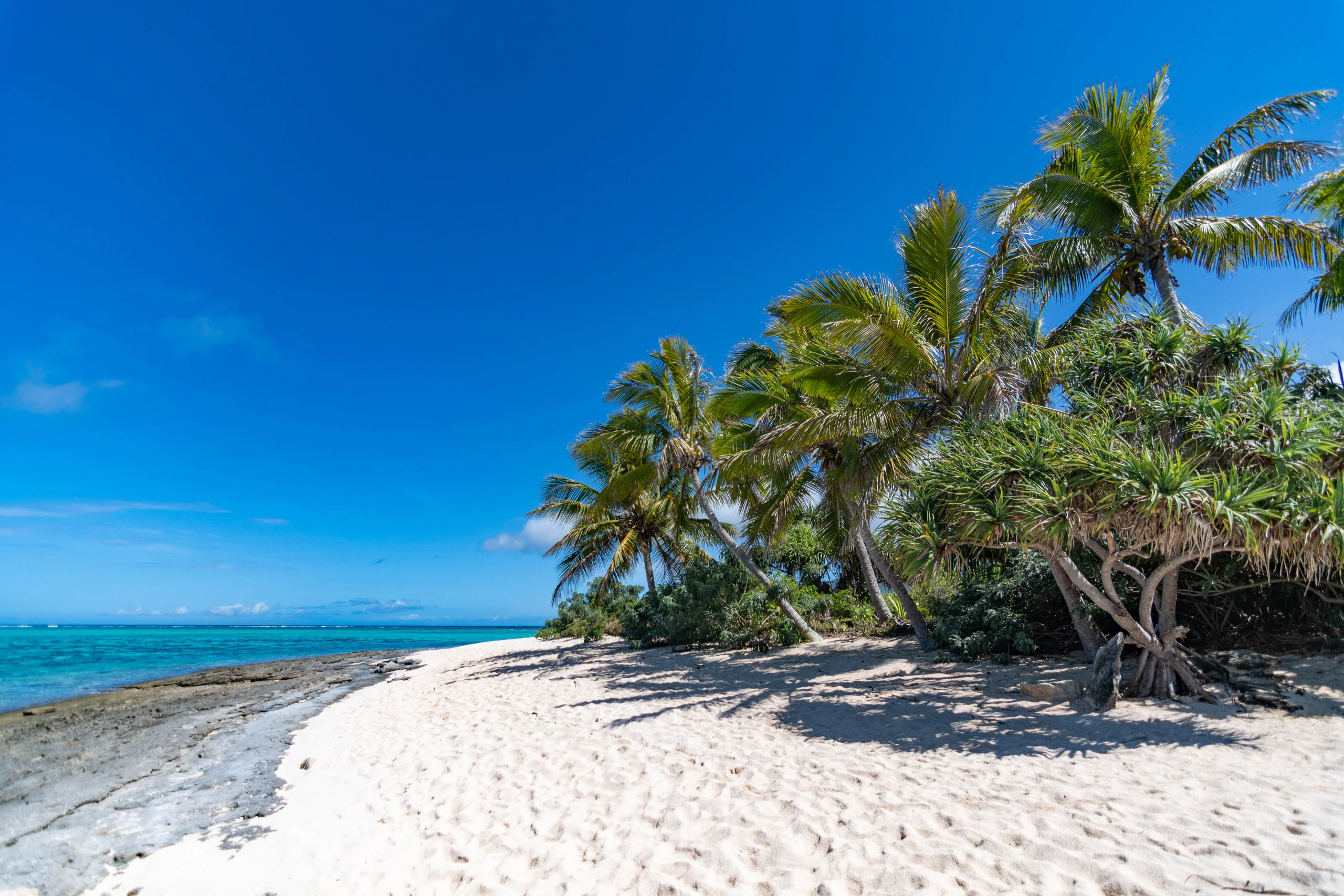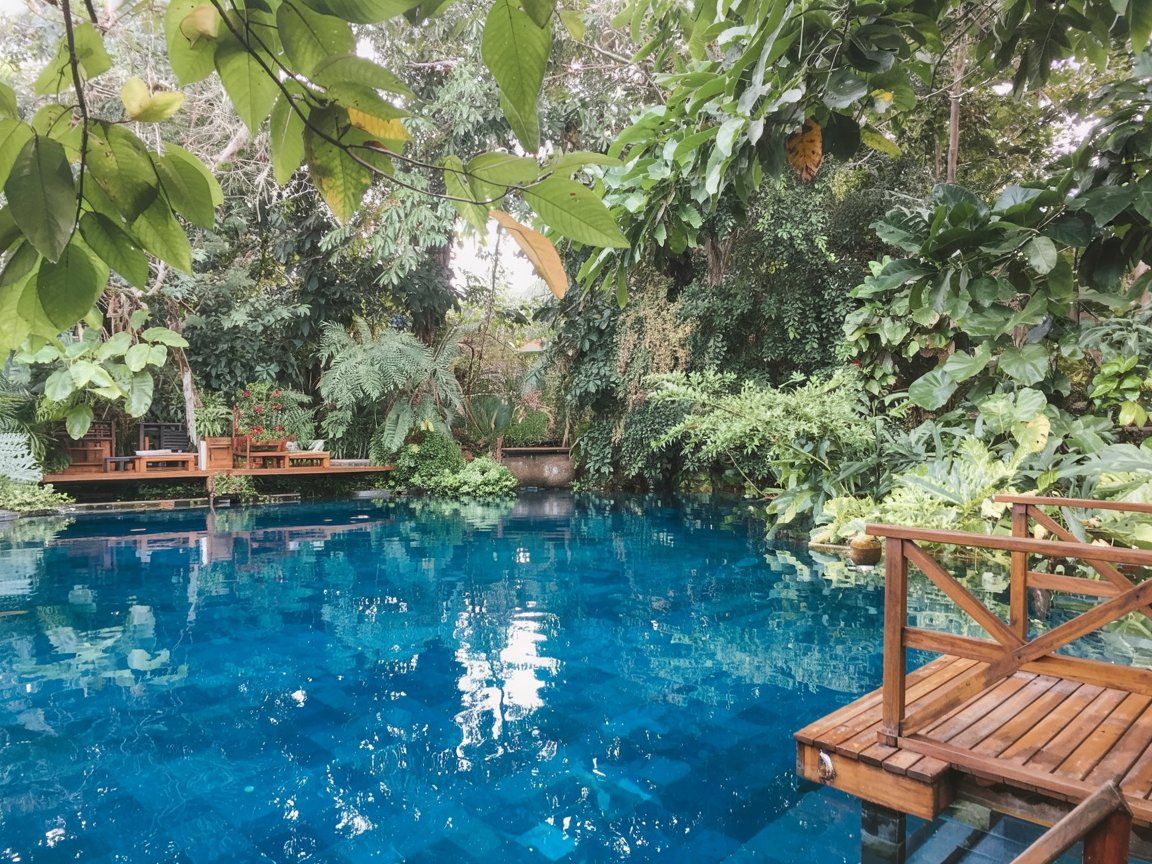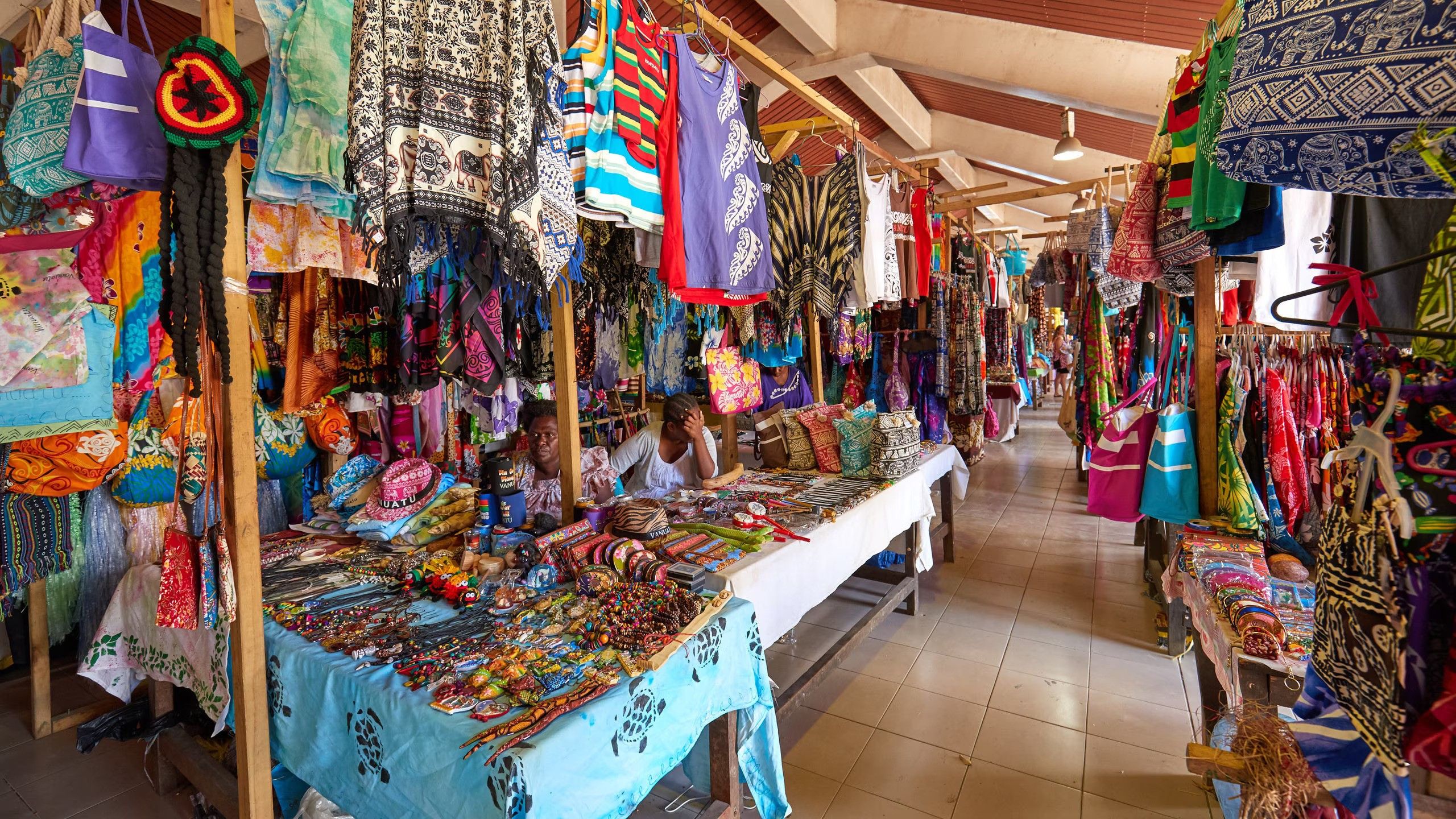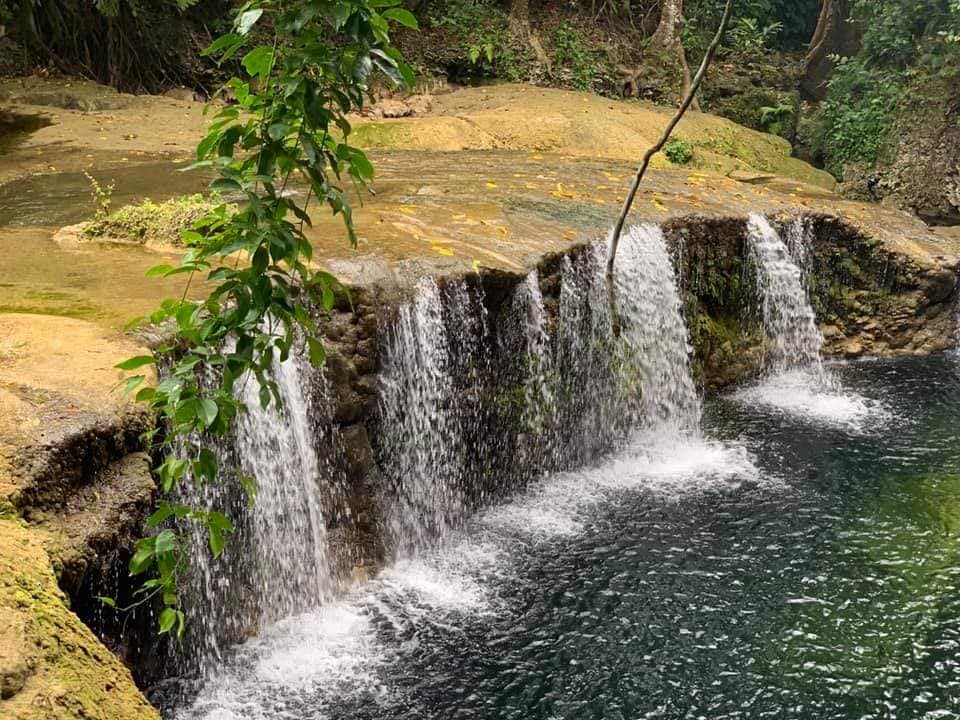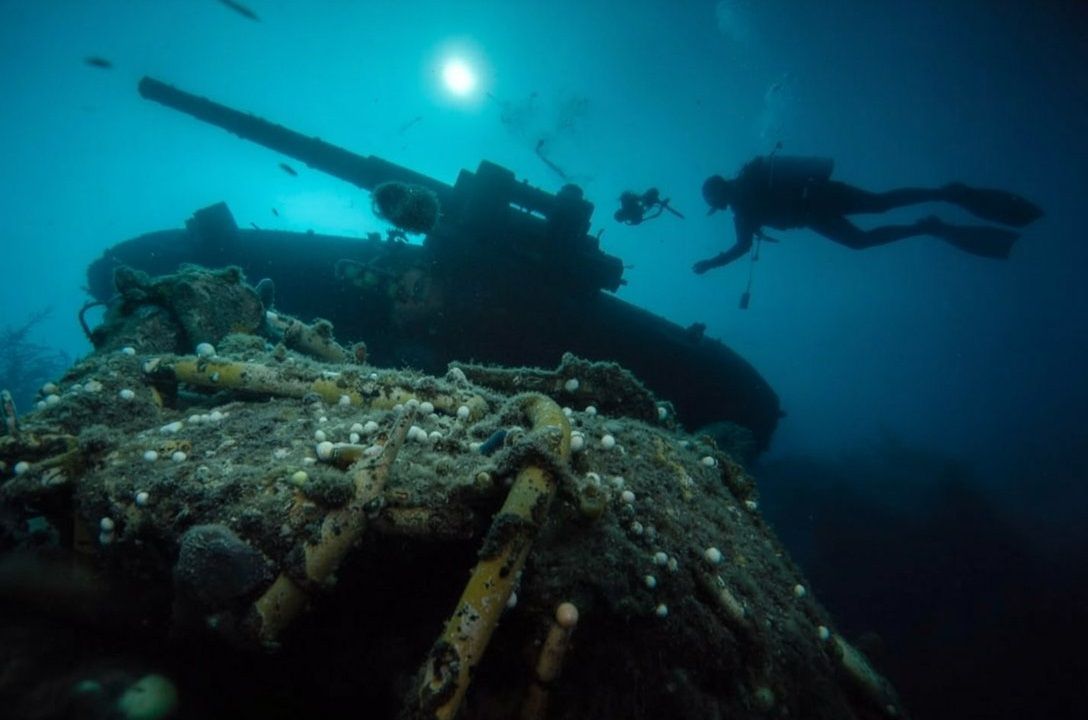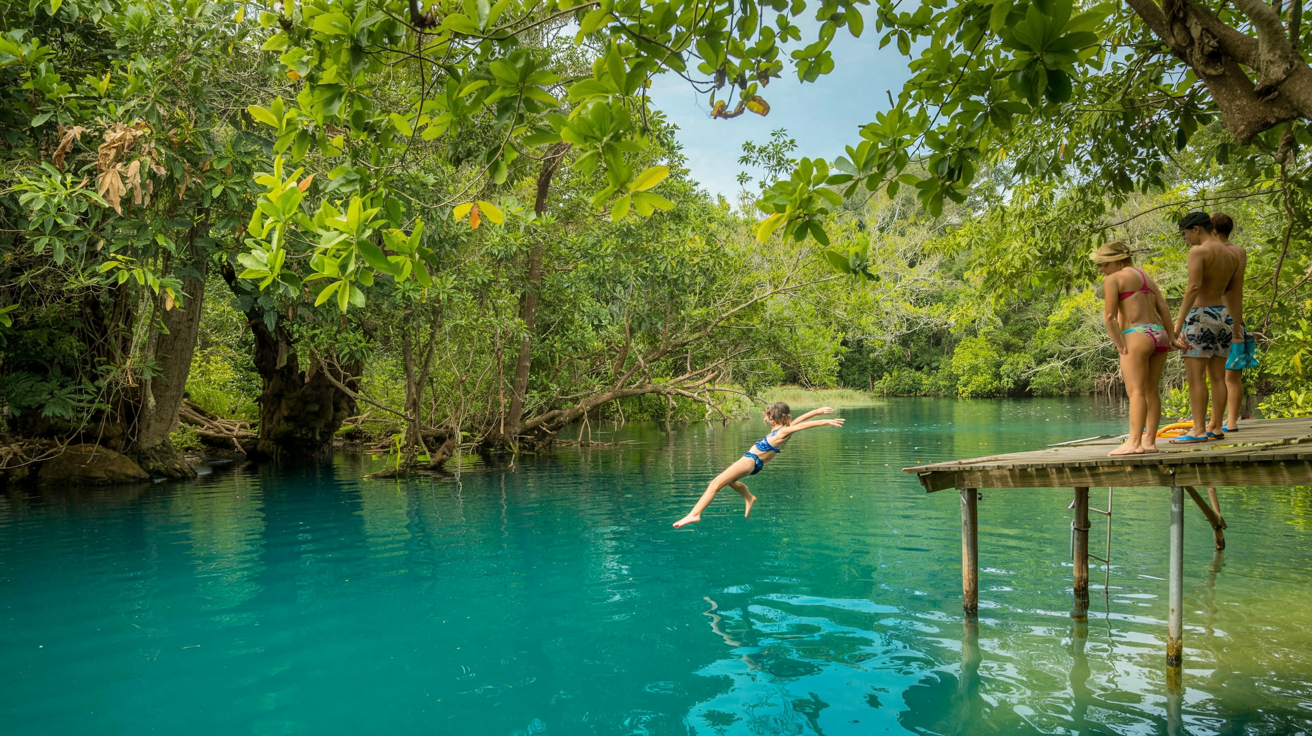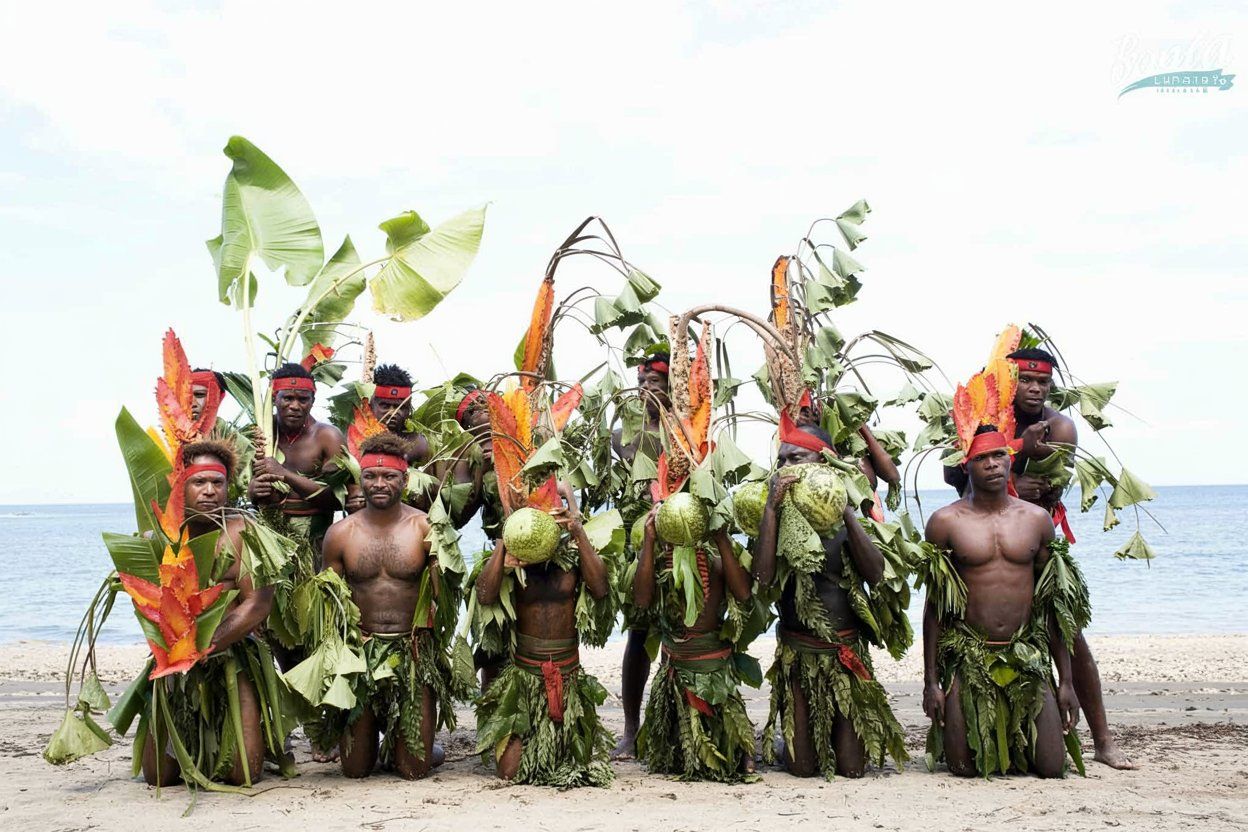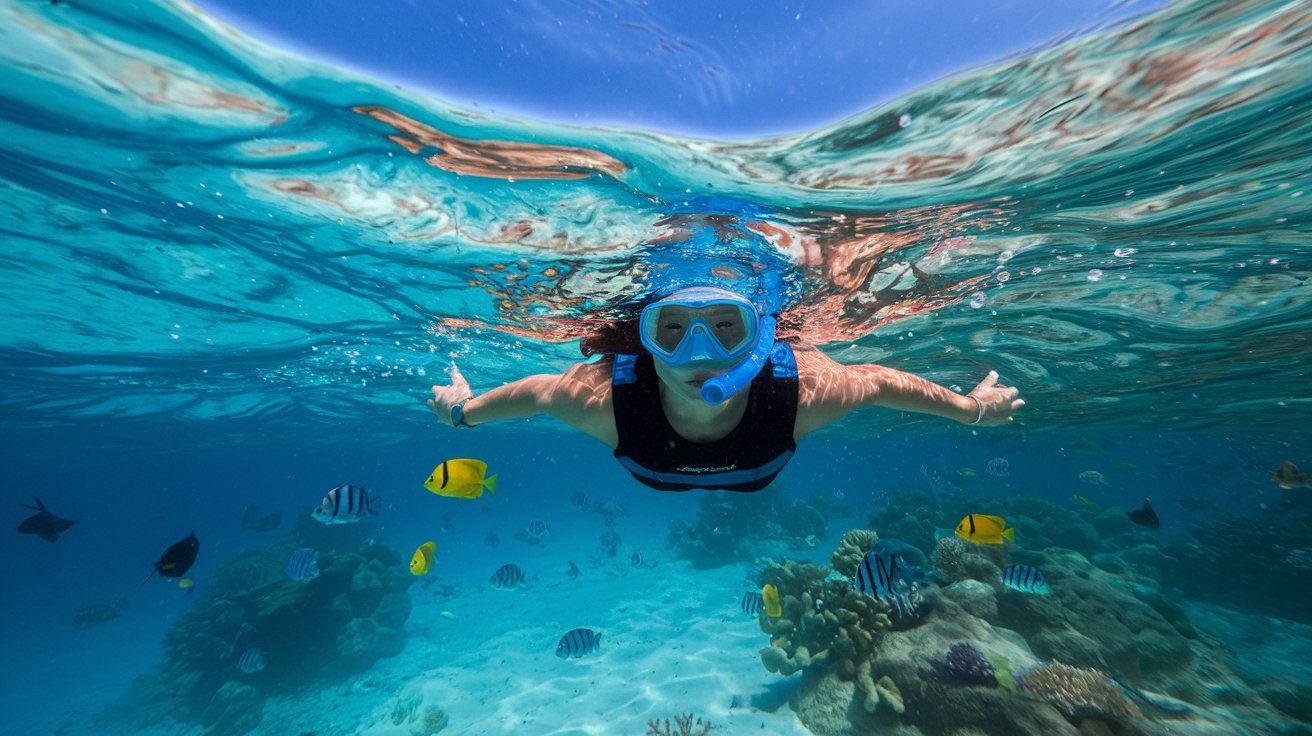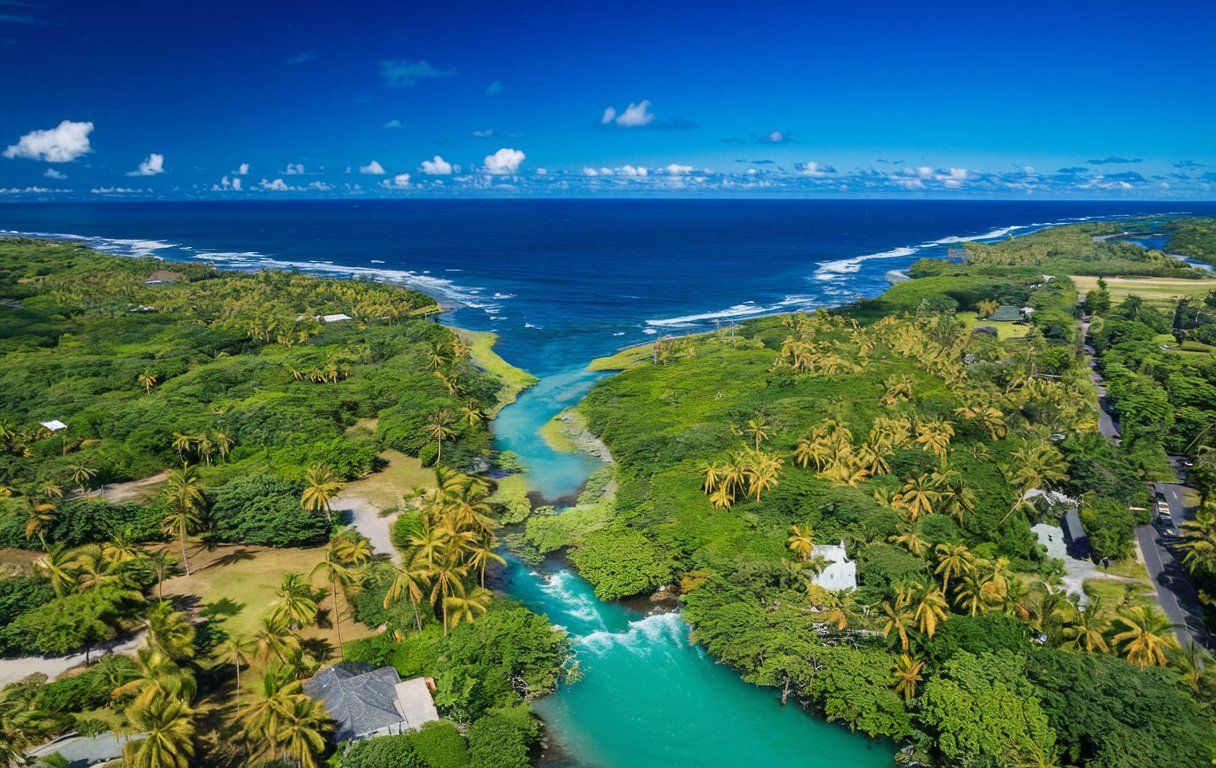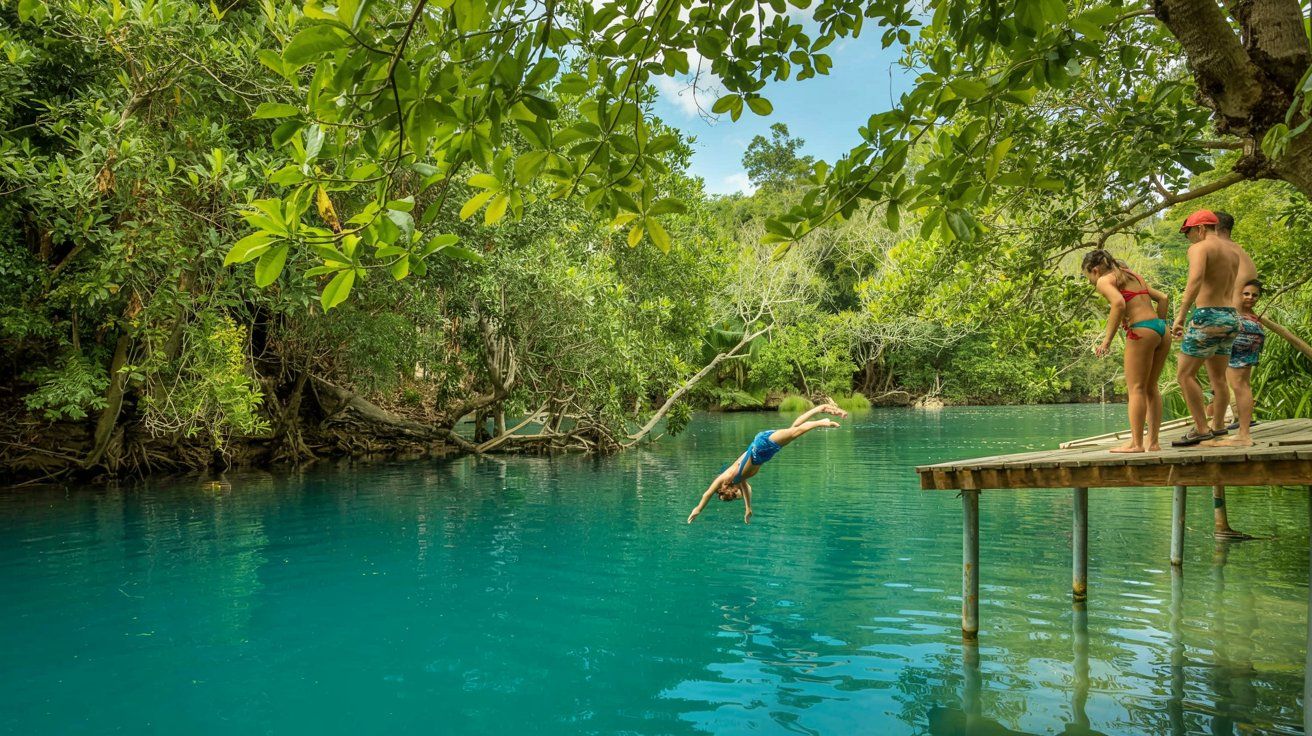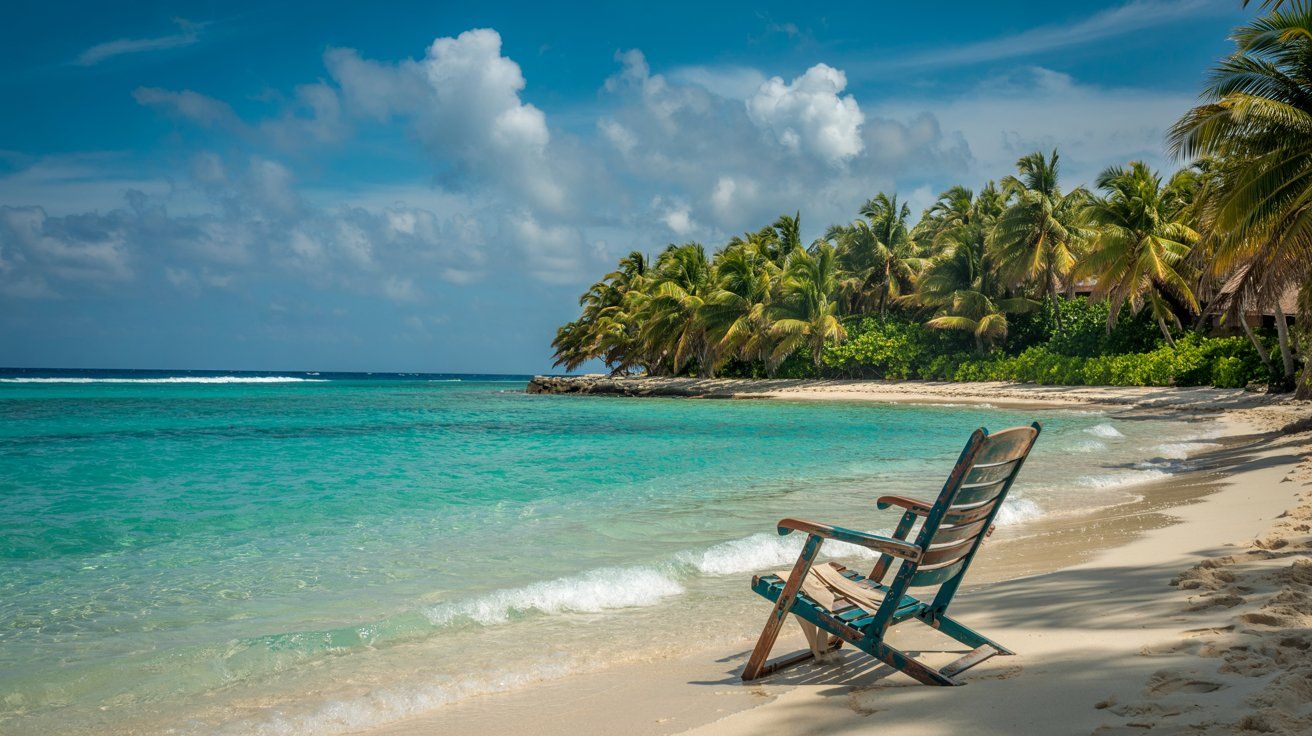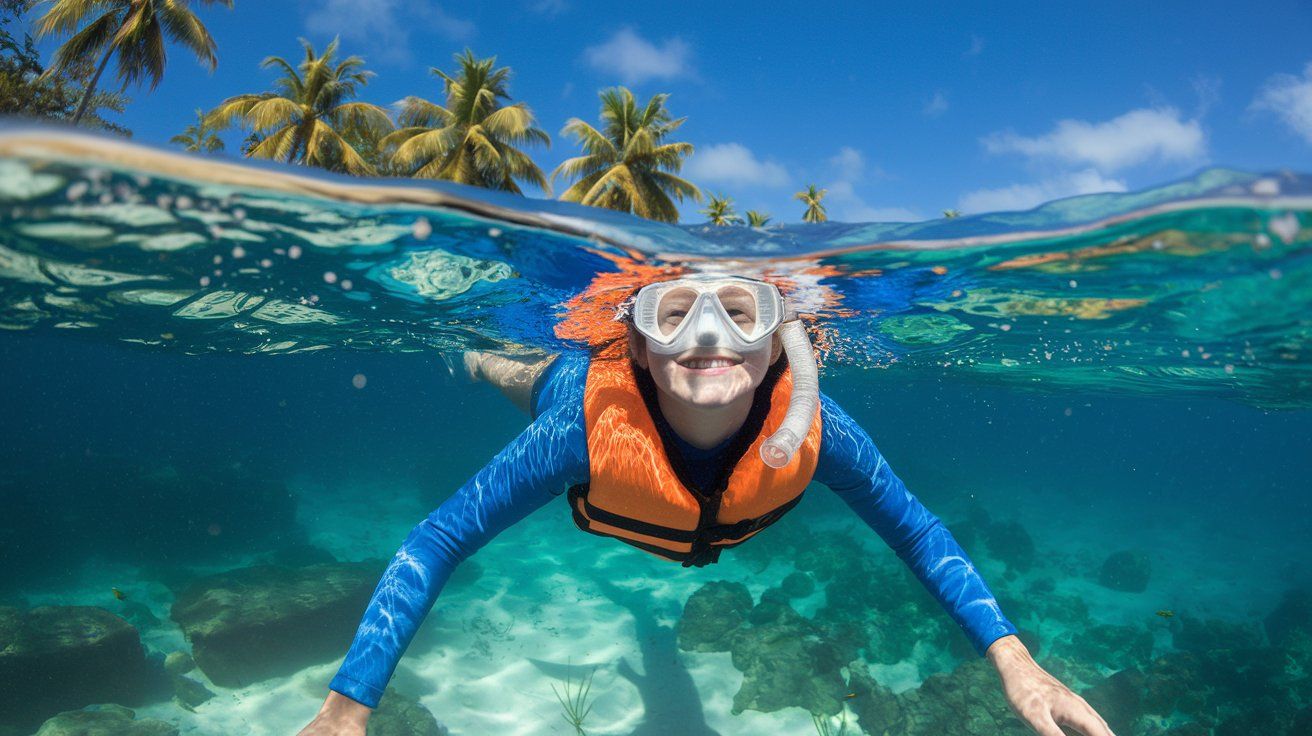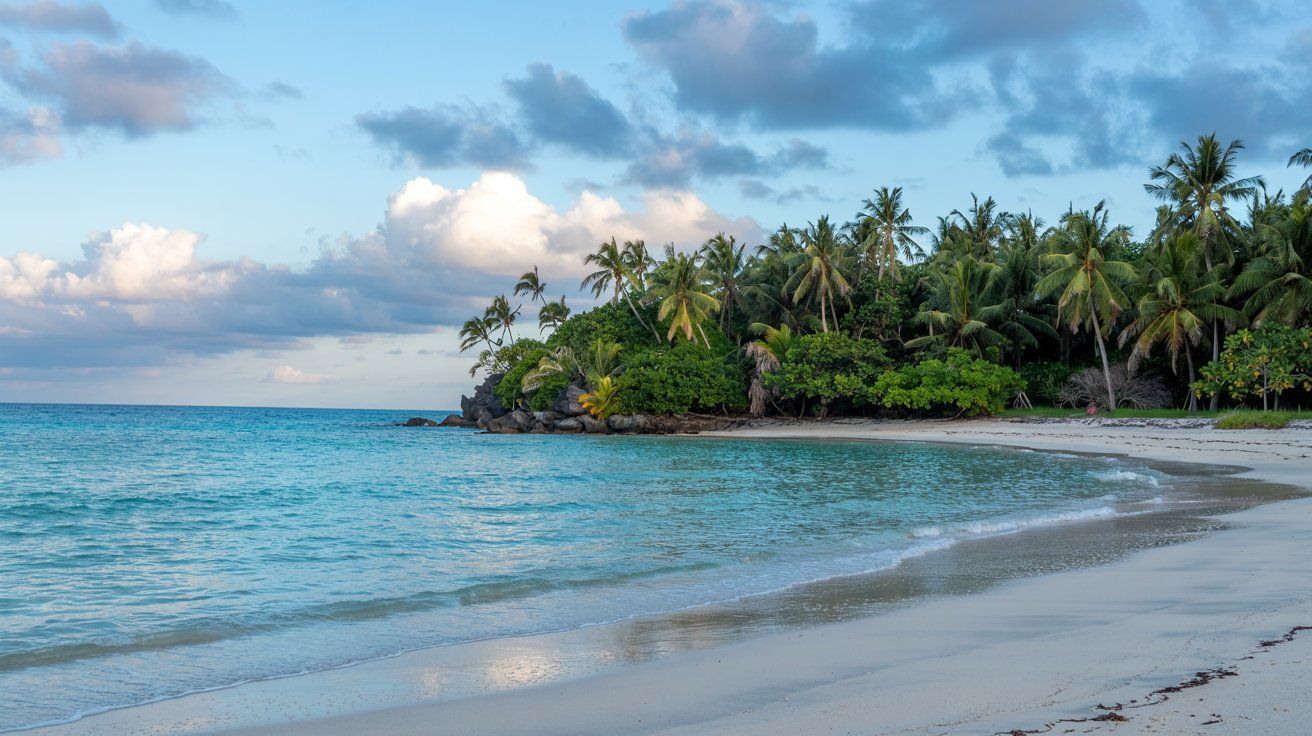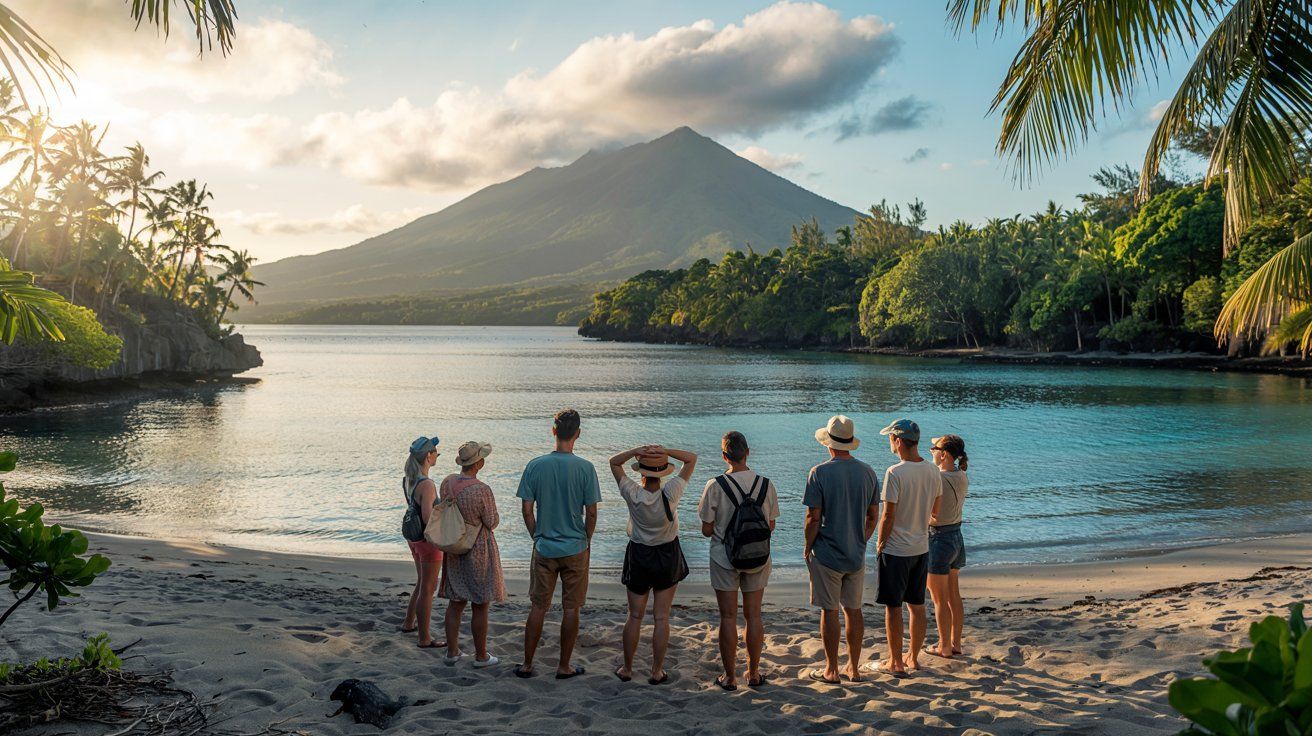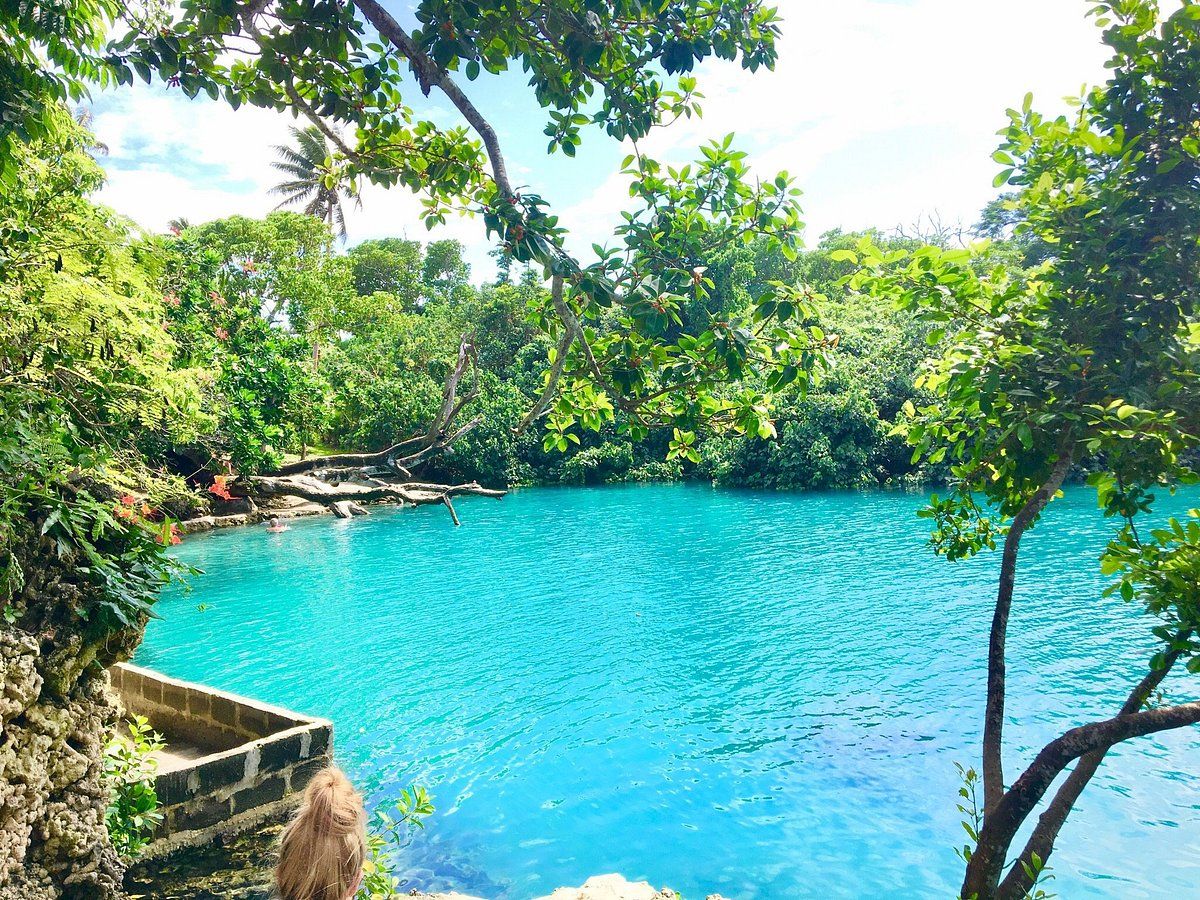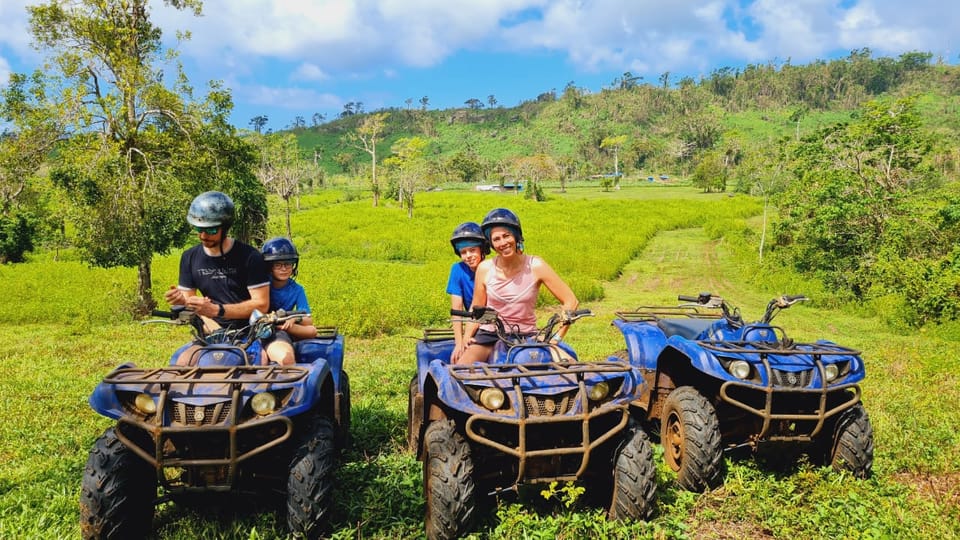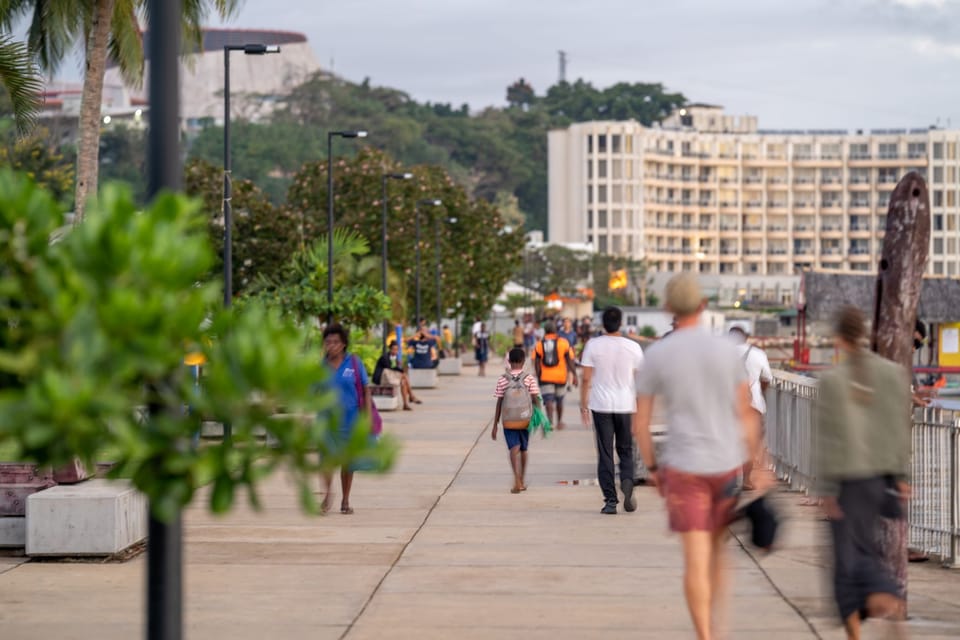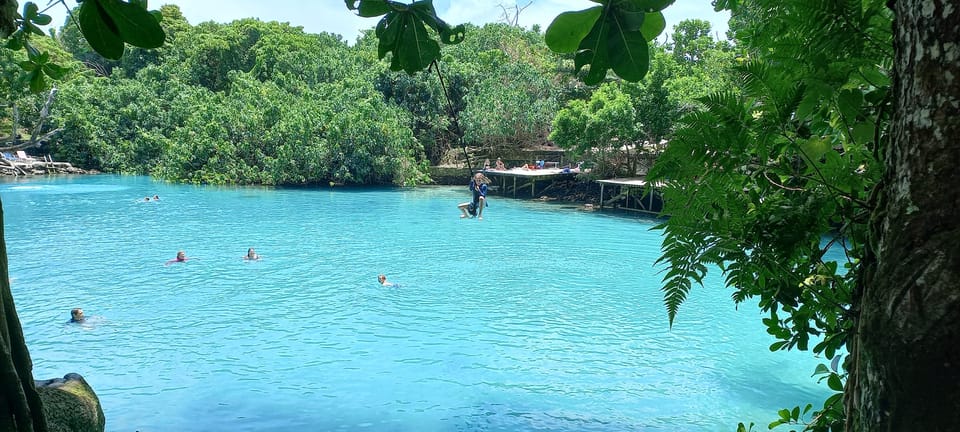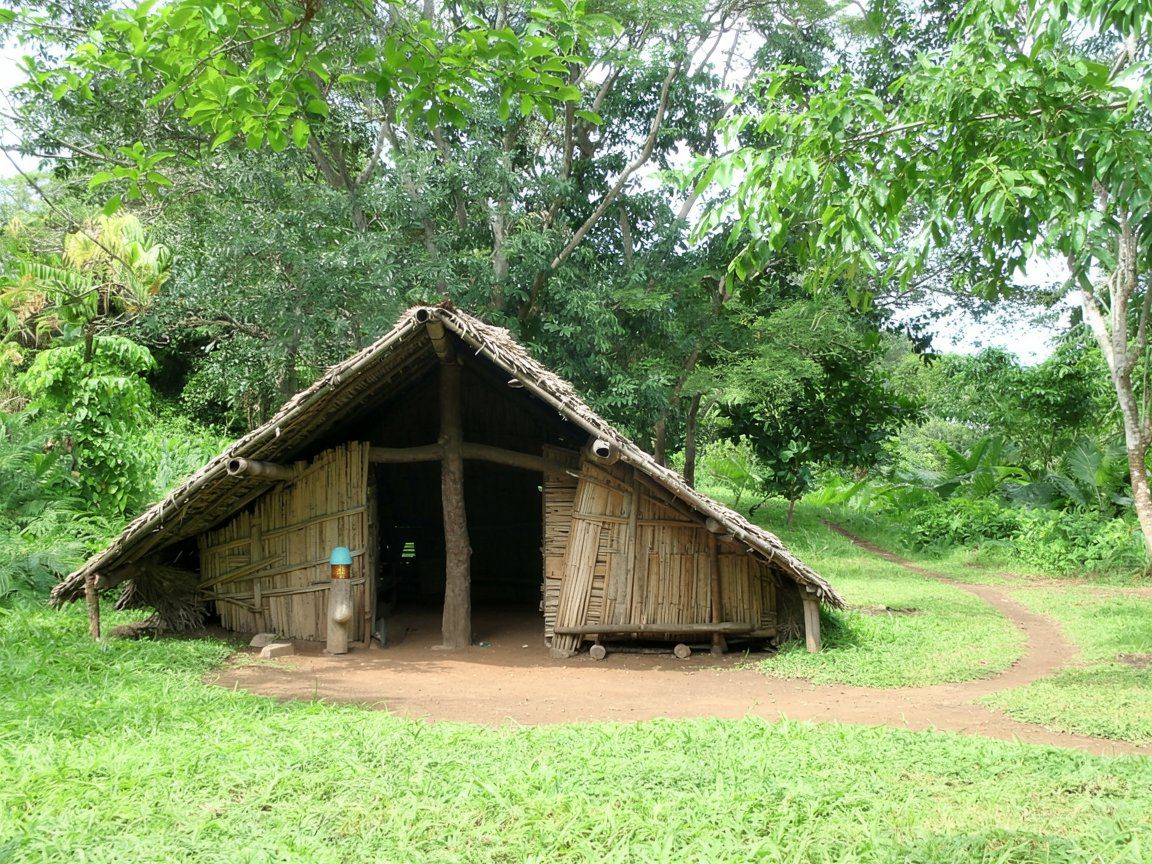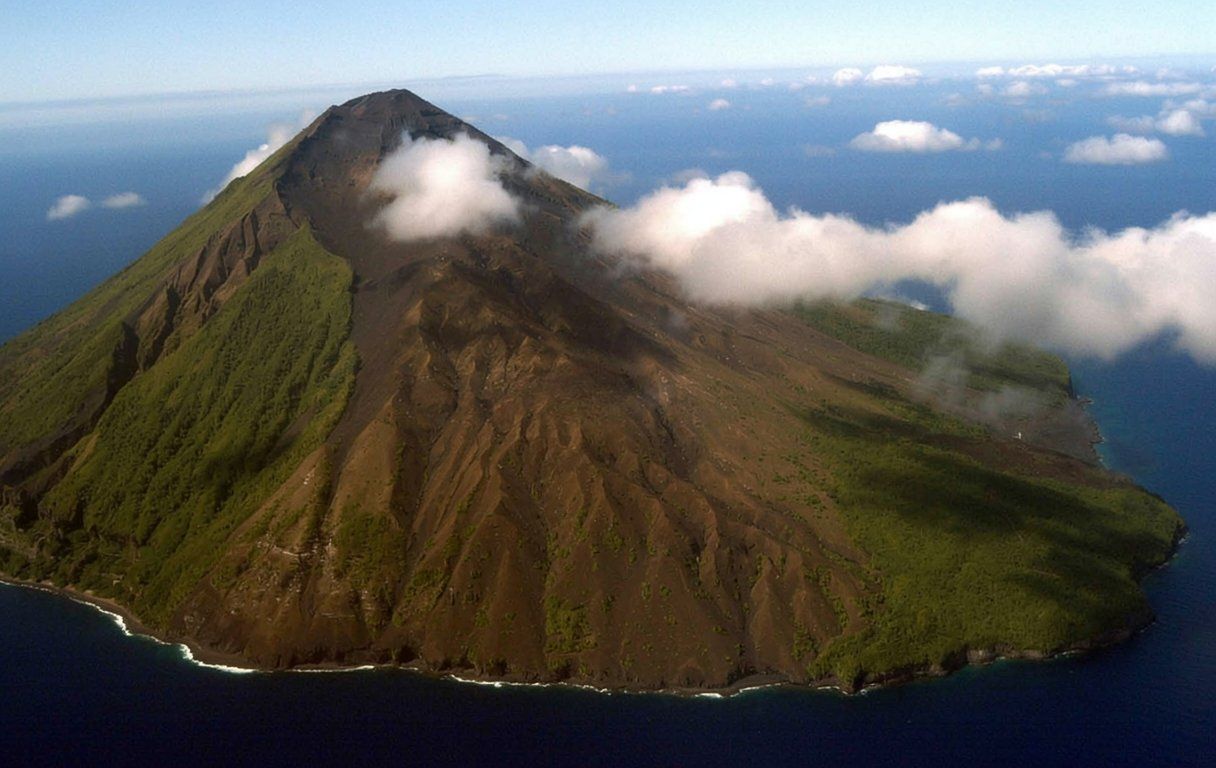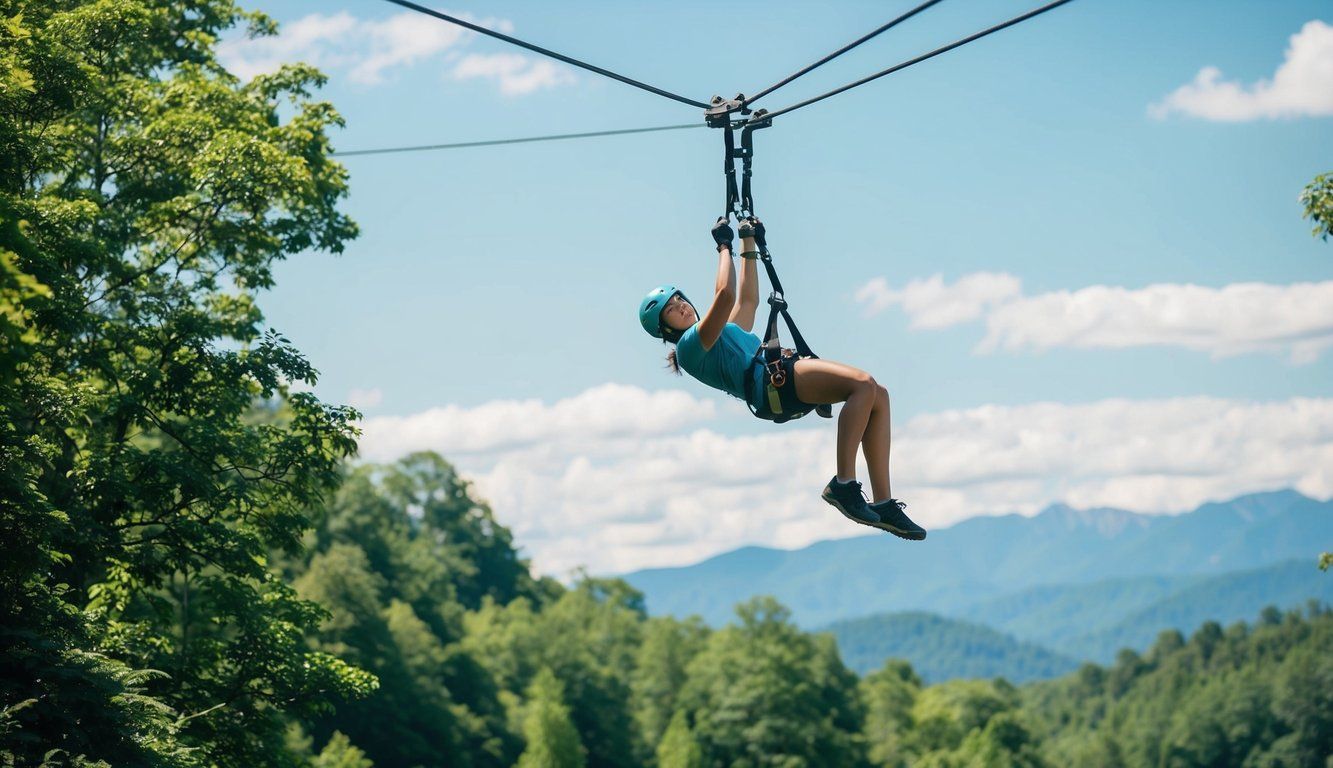Port Vila Market sits at the heart of Vanuatu’s capital city, offering visitors a vibrant glimpse into local life. The market serves as both a shopping hub for residents and a cultural experience for tourists exploring this Pacific island nation. Despite suffering damage in the 2024 earthquake, Port Vila Market remains an essential part of Vanuatu’s cultural landscape and a must-visit destination for travelers.
The market operates Monday through Friday and half of Saturday, with vendors selling fresh produce, handicrafts, and other local goods. Port Vila Market features two distinct sections, including a fresh food area where shoppers can observe local shopping customs.
Get a discount of 15% to 70% on accommodation in Vanuatu! Look for deals here:
Vanuatu Hotels, Apartments, B&Bs
This bustling marketplace provides an authentic window into Vanuatu’s daily life, culture, and traditions that simply can’t be experienced elsewhere on the island.
Historical Evolution of Port Vila’s Market
Port Vila Market has transformed from a local trading post to the vibrant commercial center of Vanuatu’s capital. Its development mirrors the nation’s journey from traditional Melanesian society through colonial rule to independence.
Pre-Colonial Trade and Agriculture
Before European contact, Melanesian communities around what is now Port Vila engaged in traditional trade systems. Local islanders exchanged agricultural goods, handicrafts, and other resources through established networks.
These early markets operated on barter systems, with families bringing surplus crops to trade for items they couldn’t produce themselves. Root crops like taro and yams formed the backbone of these exchanges.
Seasonal fruits, vegetables, and seafood were common trade items. Traditional Melanesian agricultural practices supported these informal marketplaces, with farming methods adapted to the tropical conditions of the islands.
Village communities maintained strong ties through these trading activities, which served both economic and social functions in pre-colonial Vanuatu society.
Colonial Era: The New Hebrides Market Development
When the New Hebrides came under joint British-French control in 1906, Port Vila’s market began to formalize. The colonial administration established more permanent structures for trade.
European settlers introduced new crops and trading practices that influenced the market’s development. Local produce began to be sold alongside imported goods from Britain, France, and Australia.
The market became a cultural crossroads where indigenous Melanesians, French colonists, British traders, and Asian merchants interacted. This cultural blending shaped the market’s unique character.
During this period, the market expanded from simple food trading to include handicrafts and imported goods. Port Vila’s harbor facilitated shipping that brought new products and visitors to the market.
Post-Independence: Becoming a Tourist Hub
After Vanuatu gained independence from Britain and France in 1980, the Republic of Vanuatu took ownership of developing Port Vila Market as a national symbol. The market expanded significantly during the 1980s and 1990s.
Tourism became a major economic driver, transforming the market into an attraction for international visitors. Local vendors adapted by offering handicrafts, souvenirs, and experiences catering to tourists while maintaining authentic local trade.
The market was divided into distinct sections for produce, ready-to-eat foods, and handicrafts. This organization helped both locals and visitors navigate the busy space.
Government investments improved the market’s infrastructure over time. Modern facilities were added while preserving the traditional open-air format that gives the market its distinctive character.
Today, Port Vila Market represents both a vital community resource for locals and a must-visit destination for travelers seeking authentic Vanuatu culture.
Cultural Insights and Local Economy
The Port Vila Market serves as a vibrant showcase of Vanuatu’s rich cultural heritage and thriving local economy. This bustling hub reveals the deep connection between traditional practices and daily life in modern Vanuatu.
Local Cuisine and Staple Foods
The market displays Vanuatu’s distinctive culinary traditions through its colorful food stalls. Root crops form the foundation of the local diet, with taro and yams appearing in many traditional dishes. These staples are grown through subsistence farming practices that have sustained communities for generations.
Lap-Lap, Vanuatu’s national dish, can be found throughout the market. This hearty pudding consists of grated root vegetables wrapped in banana leaves and cooked in an earth oven. The process takes hours but creates a unique smoky flavor.
Coconut appears in numerous forms – as drinking nuts, cream for cooking, or oil for beauty products. Fresh tropical fruits like papaya, pineapple, and mangoes add vibrant colors to market displays.
Visitors shouldn’t miss trying kava, a ceremonial drink made from the roots of the pepper plant. While available at the market, it’s traditionally consumed in a nakamal (meeting place).
Traditional Practices and Kastom
Kastom – traditional knowledge and practices – remains central to Ni-Vanuatu identity despite modern influences. The market showcases handcrafted items that reflect these traditions, including woven baskets, ceremonial masks, and tapa cloth.
Women vendors often work collectively, demonstrating the cooperative social structures that underpin village life. Many wear traditional dress, particularly when selling handicrafts that represent their island’s specific cultural traditions.
The market operates on principles of reciprocity and respect that characterize Vanuatu’s social systems. Prices are often negotiable, but bargaining should be approached respectfully as a social exchange rather than aggressive haggling.
Storytelling traditions are evident as vendors share the meaning behind crafts or explain traditional uses for medicinal plants sold at specialized stalls.
Significance of Markets in Ni-Vanuatu Society
Markets function as crucial economic lifelines for rural communities. For many Ni-Vanuatu families, selling produce or crafts provides their primary source of cash income, supplementing subsistence farming activities.
The Port Vila Market strengthens connections between urban and rural areas. Producers travel from outer islands to sell their goods, creating networks that extend across Vanuatu’s 83 islands.
Women particularly benefit from market participation. Female vendors often control their earnings independently, investing in children’s education and community needs.
Beyond economics, the market serves as an important social space where news is exchanged, relationships maintained, and cultural identity reinforced. This cultural hub preserves traditions while adapting to changing times.
The market demonstrates how self-sufficiency and traditional knowledge continue to sustain Vanuatu’s communities despite increasing global influences.
Practical Information for Travelers
Planning a visit to Port Vila Market requires some preparation. Here are essential tips to make your shopping experience smooth and enjoyable, including timing advice, money matters, and how to get around.
Best Times and Length of Visit
The Port Vila Market operates Monday through Friday all day and night, closing halfway through Saturday. For the freshest produce and best selection, visit early morning between 6:00-9:00 AM when local vendors are setting up their stalls with newly harvested fruits and vegetables.
Most visitors spend about 1-2 hours exploring the three distinct sections of the market. The market is busiest on Friday afternoons and Saturday mornings when both locals and tourists converge.
The open-air setting can get hot during midday. Morning visits offer more comfortable temperatures and better photo opportunities with vibrant displays of tropical fruits.
Consider weekday visits for a more relaxed experience with fewer crowds.
Currency and Banking Tips
The Vanuatu Vatu (VUV) is the local currency used at Port Vila Market. Most vendors only accept cash payments, so prepare accordingly.
ATM Locations:
- ANZ Bank (near the waterfront)
- BSP Banking (main street)
- National Bank of Vanuatu (town center)
Exchange rates at banks are typically better than at hotels or airport kiosks. Withdraw enough Vatu for your market shopping plus transportation.
Small denominations (100, 200, and 500 Vatu notes) are most practical for market purchases. Vendors often struggle with making change for large bills.
Credit cards aren’t accepted by market vendors, though nearby shops and restaurants may take them.
Transportation and Taxi Services
Port Vila Market is centrally located on the waterfront, making it easily accessible from most accommodations.
Transportation Options:
- Minibuses (marked with “B” on license plates): 150 VUV per person
- Taxis (with “T” plates): 200-500 VUV depending on distance
- Walking: feasible from most downtown hotels
Minibuses don’t follow fixed routes but will take you directly to the market if requested. They’re the most economical option for budget travelers.
For taxis, negotiate the fare before getting in. Most drivers speak English and can arrange to pick you up later.
If staying at resorts outside town, ask your accommodation about shuttle services to Port Vila’s center.
Get a discount of 15% to 70% on accommodation in Vanuatu! Look for deals here:
Vanuatu Hotels, Apartments, B&Bs


